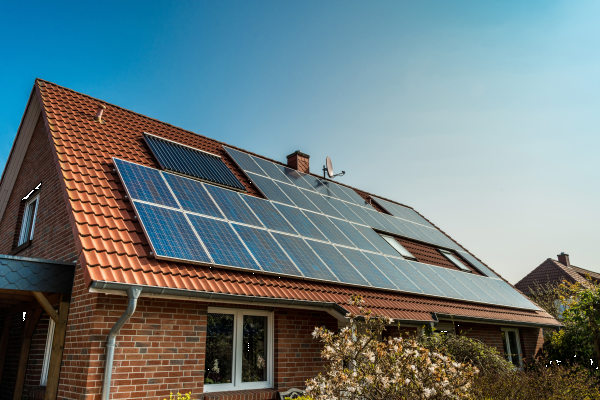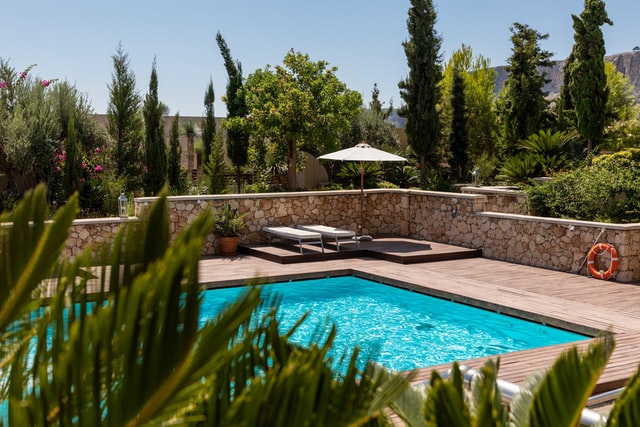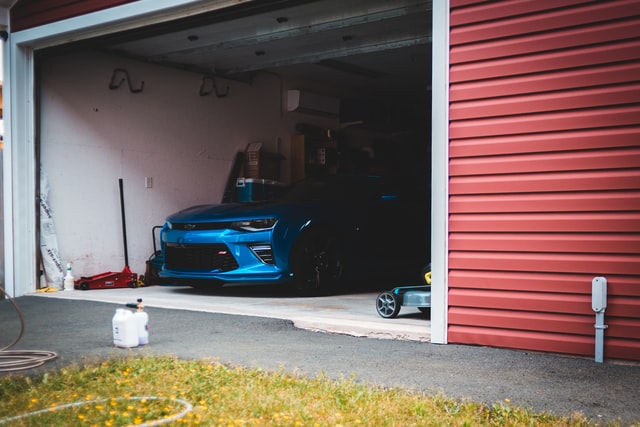
Consider These 7 Green Home Renovations and Home Improvement Projects
Jul/26/2019 1323Save time and reduce energy use with these green home renovations
Want to save the planet, but don’t know where to start? Minor green home renovations can turn your home into a sustainable one, reducing your carbon footprint.
Green home renovations can conserve natural resources by using sustainable materials and making your home more energy and water efficient. These improvements can save you money in multiple ways like through tax credits and reducing the cost of living including heating and cooling costs.
If you don’t know where to start, a home energy audit is a great place to begin. A professional energy auditor will survey your home for green home renovations. They will look at things like your:
· Heating and cooling systems· Foundation
· Walls and roofing
· Water heating system
· Doors and windows
· Appliances
· Ductwork
Even without an energy audit, there are some common home improvements you can make to save energy and money. Discover sustainable home improvement projects that might be right for you and the planet.
1. Solar Panels
One of the most common green home renovations you can do is to install solar panels on the roof of your home. You can cut down on fossil fuel consumption by installing solar panels. The cost to install solar panels is much more affordable today than in the past, so if you haven’t looked up solar panel installation in a while, you might want to take another look.
Installing solar panels can reduce your electrical bill and may even give you a credit on your income taxes.
You can use solar panels in a few different ways:
- Supplemental energy – You can use solar panels to provide outdoor lighting, electric fencing or to provide power only during electrical outages.
- Off-grid system – This system stores energy in batteries for you to use at night or when the sun isn’t out.
- A grid-connected system – This type of system converts energy you make, but don’t need to the utility grid in your area.
There are other installation options other than your roof. You can install solar panels on your garage doors or build a freestanding system.
If you want to learn more or get a quote for solar panels, you can request a consultation from a solar panel professional.
2. Add Insulation to Your Home
While installing insulation isn’t the sexiest home improvement project, it will keep your house warmer in the winter and cooler in the summer without costing you. Stop guarding the thermostat and enjoy more comfortable temperatures. Blown-in insulation costs on average $1,380.
While that isn’t a small upfront cost, it will quickly reduce your utility costs and cut down energy usage. Some homeowners use recycled cellulose insulation which is made of old newspapers.
Insulating your home plays a big role in making your home more energy efficient. The better your insulation the less heat will transfer. Less heat transfer converts to less energy consumed.
Use our easy quote request form to reach insulation installers in your area and compare quotes.
3. Convert to Geothermal
What is geothermal heating and cooling? This type of heating and cooling system uses relatively constant underground temperature to climate control your home. Geothermal systems consist of an exchanger and a loop that pull heat from your home in the summer and bring it into your home in the winter.
Installing a geothermal heating and cooling system in your home can reduce your fossil fuel. It uses no electricity, reducing greenhouse gas emission by 90 percent when compared to electrical-based systems. Installing a geothermal system is not cheap. The average cost is around $7,500. Installation requires expertise, so you will need to hire a professional for the job.
Get connected with a geothermal heating and cooling professional now by submitting your project request through our easy to use contact form.
4. Install New Windows
Whether you’re moving into an older home or it’s been years since you updated yours, you may be losing money due to old windows. Older windows can result in a loss of 25 to 30 percent of your heating and cooling energy.
Holes or gaps in your windows cause hot or cold air to leak out. The average cost of new windows for your home is about $5,000. A big upfront cost, but the change can save you between $30 and $465 per year depending on the size of your home and number of windows you have.
Request a free window installation quote today.
5. Purchase New Appliances
Since the 1990s, appliances have been made to be energy efficient. If you own appliances that were made before the early 90s, it’s time for an upgrade. Front-loaidng washing machines use half as much water as the older top-loading machines. Any Energy-Star refrigerator could save you $270 in utility costs over the course of five years.
You could also save money by taking advantage of the Energy Star appliance income-tax credit. Purchasing an Energy Star appliance is easy, just look for the Energy Star label found on the device.
6. Buy a New Toilet
A traditional toilet uses a lot of water. If you replace your traditional toilet with a low-flow or dual-flush model you could reduce how much water you use by 67 percent. A low-flow model toilet saves about 25 gallons of water each day.
Dual-flush toilets use different amounts of water for solid versus liquid waste saving water and money.
If you don’t want to go through the hassle of installing a new toil, you can repair your current one. Your flapper valve can corrode overtime, leading to leaks and increasing the amount of water used.
Don’t want to replace your own toilet? Save time by hiring a contractor to do it for you. They’ll ensure everything is set up properly and help you save money over time. Request a free quote today.
7. Easy Green Home Renovations
If the above green home improvement projects are too difficult or too expensive for you to take on, there are minor improvements you can make to your home that can still save time and resources. They include:
1. Replacing showerheads and faucets with low-flow models that conserve water2. Installing ceiling fans to cut back on air conditioning
3. Keep your HVAC and plumbing systems maintained to reduce energy waste
4. Invest in home automation like smart thermostats that control the temperature when you’re away or not paying attention
Whether your green home renovations are big or small, we have you covered. Request a free quote from contractors at HomeContractors101 today.




